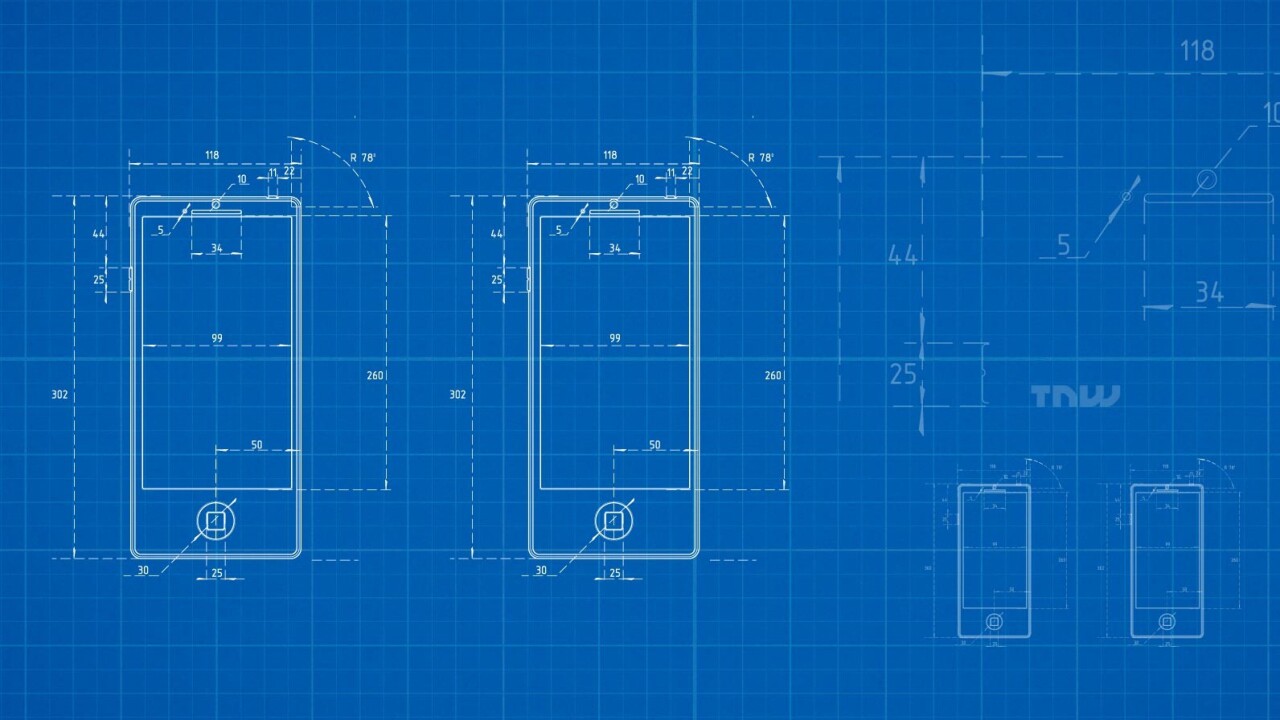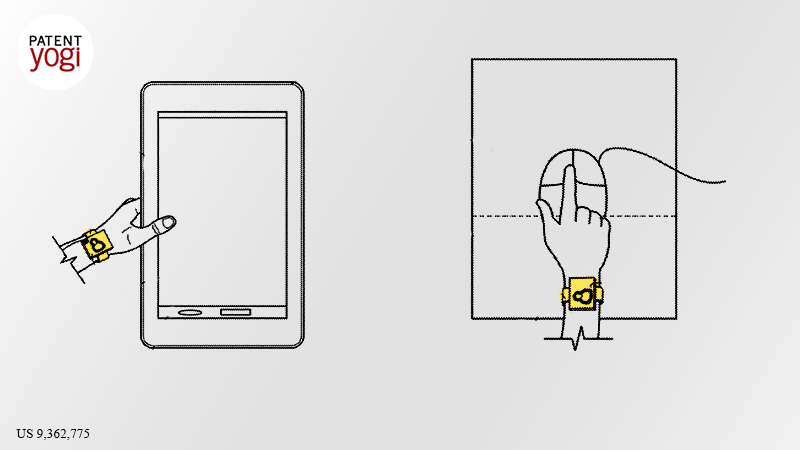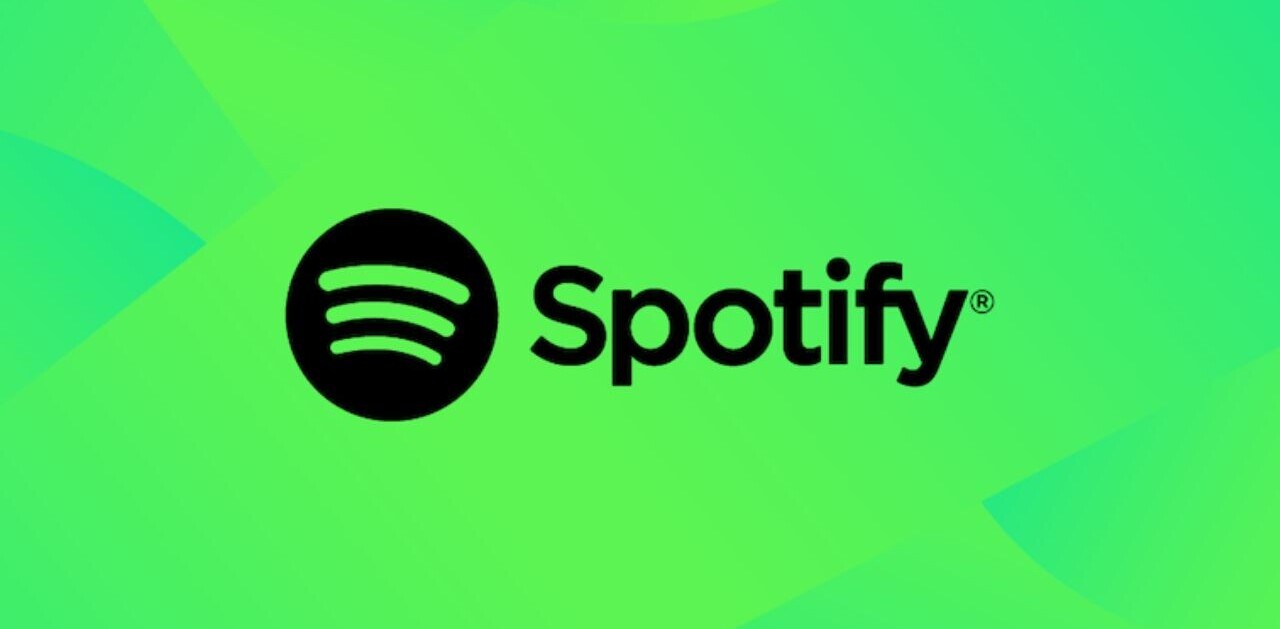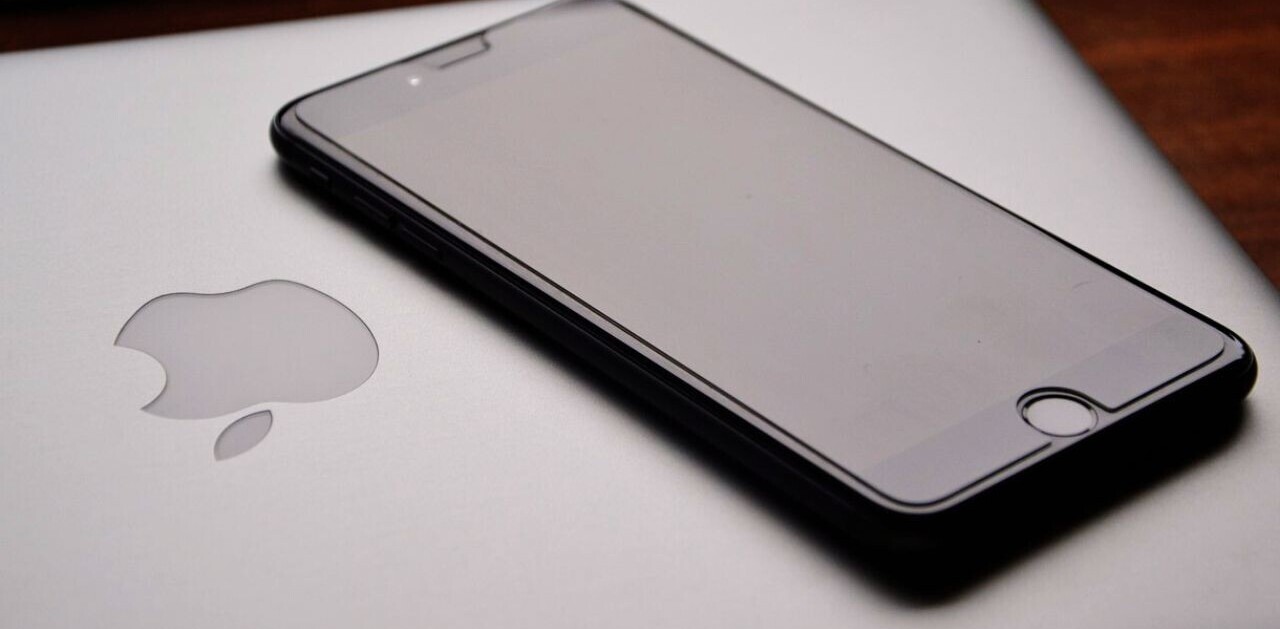
This week, the US patent office issued 6811 patents. Each patent adds a little something new to the human knowledge base.
As we cannot list all six thousand, the PatentYogi team has selected the five most interesting patents.
1. Microsoft solves its biggest HoloLens concerns
Patent number: US 9,367,136

It is a pair of mixed reality head-mounted smartglasses developed and manufactured by Microsoft itself. HoloLens runs on Windows Holographic platform under the Windows 10 operating system.
HoloLens incorporates virtual elements (referred to as “holograms” by Microsoft) with physical real-world elements, such that they are perceived to exist together in a shared environment.
HoloLens provides great visuals; however, without some kind feedback to the user, it gives a feeling of being a ghost in a world the user can’t truly interact with.
This patent discloses a method for providing real-time feedback to a user interacting with virtual objects. The real-time feedback may be a visual feedback, an audio feedback, and even haptic feedback.
For example, a user may be playing with a virtual metal ball. As the user virtually grabs and rotates the virtual metal ball, the HoloLens causes the end user to experience haptic feedback (e.g., a vibration of an electronic wristband or mobile phone at a particular frequency and magnitude), audio feedback (e.g., a low-volume metallic clicking sound), and visual feedback (e.g., if the end user has grabbed the virtual metal ball with their palm facing away from the HMD, then portions of the virtual metal ball that would be occluded by the end user’s hand may not be displayed to the end user).
This technology will bring augmented reality more closer to physical reality!
2. Apple patents a phone with transparent display
Patent number: US 9,367,093

The display allows for overlaying of images over real world viewable objects, as well as a visible window to be present on an otherwise opaque display screen.
An electronic device with a transparent display also includes a housing with opaque frame which surrounds the display and electronic components are arranged behind the opaque frame, such that the electronic components are not visible by a user viewing the display.
3. Disney patents 3D printing technology for arts and crafts
Patent number: US 20160167296

Traditionally, artists use special needles as a sculpting tool to create felted works. The needle grabs the top layer of fibres and tangled them with the inner layers of fibres as the needle enters the wool. Once tangled and compressed using the needle, the felt can be strong and used for creating jewellery or sculpture.
The patented system is capable of additive manufacturing of three-dimensional objects through felting. The system includes a composition head configured to deposit a manufacturing material comprising a strand of interlocked fibers onto a composition bed along a composition path. The composition path defines a path along which the composition head deposits the manufacturing material to form a predetermined three-dimensional object.
The composition head includes a reciprocating felting needle configured to draw the manufacturing material from a material source and deposit the manufacturing material on the composition bed, and a feed lock configured to control the feed of the manufacturing material from the material source to the composition head. The system also includes a controller for the composition head comprising one or more processors configured by computer-readable instructions to control the composition head to deposit the manufacturing material on the composition bed through felting.
4. Google reveals YouTube video algorithms
Patent number: US 20160170985

Most other video sharing sites like Vimeo lack this feature.
The patent application discloses a thumbnail-selection utility that selects multiple candidate thumbnail images from the set of image frames. Then, a candidate-thumbnail-ranking calculator tests and ranks each selected candidate thumbnail relative to a target metric. A probabilistic-learning utility then determines the probability of selecting a candidate thumbnail as an optimum candidate thumbnail as a function of the ratio between the success ranking of the selected candidate thumbnail and a sum of the success rankings of all of the thumbnail images selected by the thumbnail-selection utility. Finally, a presenter displays the optimum candidate thumbnail to the viewer.
5. Google also patents a way to charge wearable devices while in use
Patent number: US 9,362,775

The patented system charges the wearable devices while they are still in use and without the need of external charging connector.
For example, the wearable device may be a wrist watch. The patented system wirelessly charges the wrist watch when it is within the proximate zone of regular use area. For wrist watch, the regular use area is the wrist rest area for an input device such as, a keyboard, a mouse pad, and a laptop base. These input devices are configured to wirelessly charge the wrist watch when it is in the vicinity.
Get the TNW newsletter
Get the most important tech news in your inbox each week.





